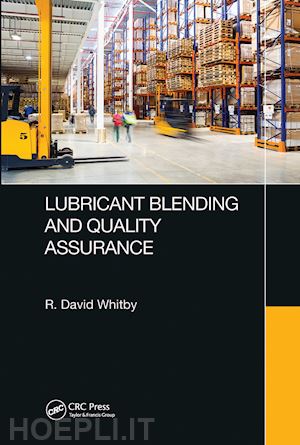David Whitby is Chief Executive of Pathmaster Marketing Ltd, a business development consultancy for the international downstream oil, gas and energy industries, which he founded in 1992. Pathmaster Marketing advises clients in the UK, France, Germany, Belgium, Denmark, Poland, the US, Canada, Israel, Saudi Arabia, Iran, South Africa, Brazil, Singapore, Malaysia and Australia on business planning, business strategy, market development and technology commercialisation. Specialist sectors include lubricants, fuels, new energies and speciality chemicals. An Australian by birth, David began his career with British Petroleum, as a process chemist at the Kwinana refinery in Western Australia. He worked for BP for 22 years in a number of management positions, including Marketing and Business Development Manager at Kalsep (an advanced separations company), Business Manager at BP Ventures, Project Leader for Industrial Lubricants at BP Research and Marketing Services Officer at Duckhams Oils. David was Programme Director for Lubricants Courses at the Oxford Princeton Programme (formerly the College of Petroleum and Energy Studies in Oxford), where he was responsible for planning the overall lubricants course programme and delivering several training courses each year. He ran the Advanced Lubrication Training Programme for the UK Lubricants Association (formerly the British Lubricants Federation.). He has written numerous papers and articles on lubricants and has chaired and lectured to international conferences and directed over 100 training lubricants courses in the UK, Canada, Germany, France, Belgium, Denmark, Switzerland, Poland, the Czech Republic, Hungary, Russia, Saudi Arabia, Jordan, Bahrain, Cyprus, Argentina, Brazil, South Africa, Singapore, Malaysia, Thailand and Australia. He also writes the bi-monthly "Worldwide" column for the US Society of Tribologists and Lubrication Engineers "Tribology and Lubrication Technology" magazine and is a contributor to "Lubes ‘n’ Greases" magazine.












